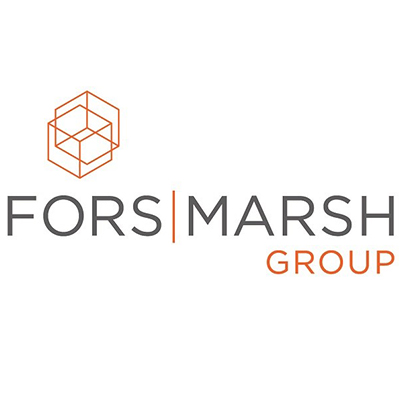ATD Blog
Performance Measures: The Missing Link in Professional Competency Models
Mon Aug 26 2019

Occupations grow into professions when their policies are codified by professional associations. Strategic human capital plays a key role by providing systematic frameworks that standardize and demystify professions. One such framework is the competency model.
Membership organizations define their industry expertise as a collection of demonstratable skills called competencies, which are a related set of attributes that establish the ability to perform a job function. A competency model gathers together the components that a person performing that job function must have to demonstrate mastery.
Federal government agencies are frequent authors of competency models. The most well-known have been developed by the U.S. Office of Personnel Management (OPM) as part of its Occupational Series Handbook. OPM models generally encompass two types of competencies: behavioral and technical. OPM’s competency models tend to lean more toward behavioral and soft skills like teamwork, whereas professional associations concentrate on technical skills, such as the ability to develop an analogous estimate.
What Is Missing?
If the purpose of a competency model is to define and sequence the skills to master a profession, then most models tell only half the story. They usually include a mix of behavioral and technical skills classified by level, but the proof points are missing. In other words, the listed competencies are typically subjective. For instance, how can a manger tell whether a staff member “exhibits emotional intelligence in interpersonal relationships”? Even for technical skills, it’s hard to find the criteria for success. If a person “demonstrates the ability to write a project plan,” does that mean any document entitled “project plan” fulfills that criteria?
Models created by some professional associations are closer to the ideal. For example, the Project Management Institute (PMI) publishes a model available for members. Within the many listed attributes, PMI describes project scope management as the ability to perform plan scope management, collect requirements, define scope, validate scope, and control scope. That is a much more definitive description than most. The user can go to the model and find the characteristics of a control scope process and complete the equation. Conformity to a standard is a valid and objective performance measure.
While most professional organizations list attributes, few add the success factors by which to objectively judge their existence and certain levels of mastery. This makes them insufficient guides for choosing a job candidate with the most potential, managing employee performance, or targeting a training program. Organizations that are serious about workforce planning, career mapping, and succession planning will need to do the work to create quantifiers for success.
Some private and public sector organizations use assessments to list and prioritize attributes through surveying practitioners. A good next step can be using Mager’s three-part objective model, an instructional systems design technique that forces inclusion of relevant conditions, an action, and criteria for success. If the model names problem-solving skills as a managerial attribute, the following objective clarifies choosing the manager with the most business acumen for problem solving: "Given a description of a business problem to solve and appropriate constraints, the consultant will be able to identify the root cause of the problem and provide three alternative solutions that include each solution’s strengths and weaknesses, so that a recommendation is made to the customer that provides a viable solution."
Writing an objective for every competency rather than relying on expert elicitation may seem unnecessary, but different experts may provide alternative performance indicators so everyone is not judged by the same criteria. Without the necessary specificity, career roadmaps and succession plans may not offer the same fair chance to all candidates.
Organizations can choose an existing model as a starting point and have their experts prioritize factors customized to their missions. They can document an objective criterion for success using a thorough search of the industry literature, surveying experts, conducting a series of facilitated focus groups, or using some combination of research and inquiry. A model constructed with this rigor will inform a resulting human capital strategy.
In response to the Program Management Improvement Accountability Act (PMIAA), the U.S. federal government is about to embark codifying program management. PMIAA is driving a substantial and valuable program with far reaching effects in federal workplace governance and in raising the probability and the accountability for success in federal missions. It will be interesting to watch the program management model evolve and hopefully demonstrate a truly useful prototype for other industries to emulate.

